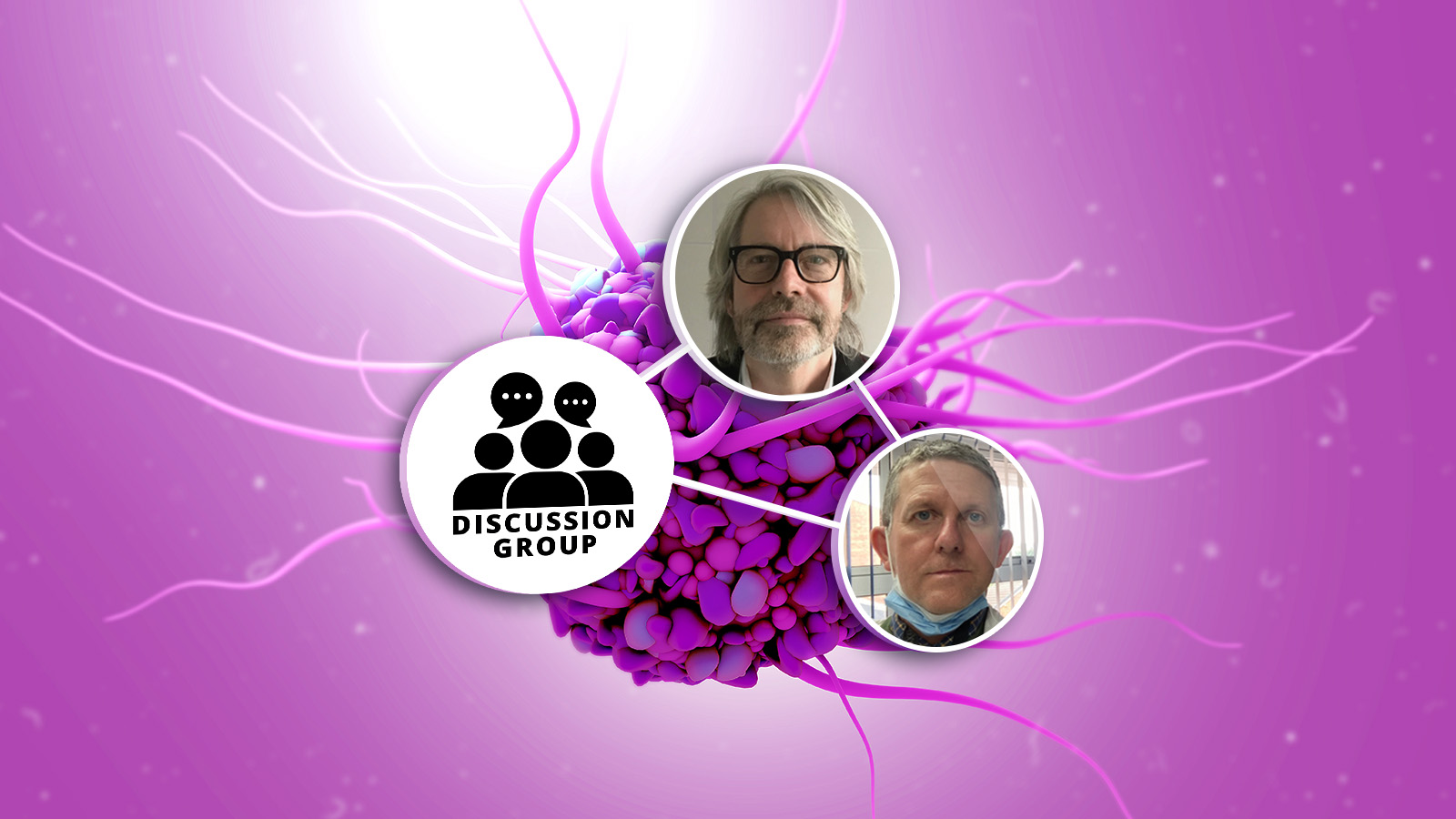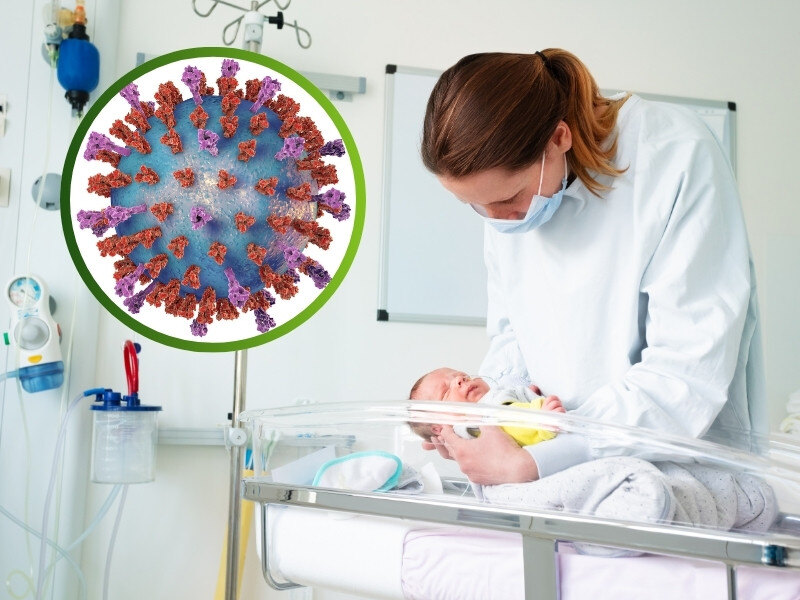Treating Autoimmune Diseases: Past, Present, and Future

Oxford Global was pleased to host a discussion group discussing the therapeutics for the treatment of autoimmune diseases. The comprehensive session focused on how the field has developed over time, where it is now, and which trends may become central to the discipline in the future.
Setting the Historical Scene
Commencing the discussion group, Paul Eggleton, Senior Director of Immunology at Revolo Biotherapeutics gave us an historical outline of treatments for autoimmune diseases. He mentioned that gold salts had been used as a therapy for bacterial infections since the late 19th century and for rheumatoid arthritis in the early 20th century, although their mode of action was as yet unknown some bacterial infections are thought to promote onset of arthritis.
Eggleton then discussed that often research focuses on treating the symptoms of autoimmune diseases, rather than finding an out-right cure. The therapies that are currently available to patients target and suppress the cells that cause inflammation, like effector T cells. Eggleton says that “researchers have run themselves in vicious circles trying to inhibit the types of cytokines and pathways which are involved in the cycle of inflammation.”
“The drugs that currently have success are not well documented in terms of their functionality,” Eggleton continued, “which may in fact be why they work. Perhaps they’re not acting on just one pathway.” Eggleton suggests that these older drugs are probably multifaceted in their modes of action, which may help researchers that want to develop new drugs that work upstream.
Revolo’s Approach
This is exactly what Revolo has set out to do. They want to focus on upstream therapies that work to ‘reset’ the immune system, rather than simply suppress it. Here, cells are targeted to then influence the immune system’s downstream pathways. Roly Foulkes, the Chief Scientific Officer of Revolo, explained how they have developed their drug to interfere with the signalling pathways of monocytes and dendritic cells.
Dendritic cells are responsible for activating effector T cells. Those T cells respond by proliferation and production of inflammatory mediators, which leads to the chronic inflammation of autoimmune diseases. Foulkes explained that current therapies can block the inflammatory mediators only after the immune system has been overactivated, “but those cytokines are important, and it can cause problems when they are blocked.”
Foulkes described how Revolo’s therapeutic works “very high up the cascade — not downstream at all,” and makes dendritic cells’ phenotype more tolerogenic. Therefore, when dendritic cells signal to T cells, they induce a stabilisation and a more sustained increase in the proportion of T regulator cells.
Revolo’s drug has shown long-term efficacy in diseases like rheumatoid arthritis in preclinical and clinical studies from just a short exposure, says Foulkes. This is what they call ‘immune-resetting,’ much like resetting a computer to weed out software problems, the immune system is reset to cease its autoimmune problems.
Targeting Microglia for MS Treatment
At this point, the discussion phase of the session began. Luke Healy, a Principal Scientist at UCB shared his experience on targeting microglia in the CNS to treat MS. Healy found that microglia seem to be very poor antigen presenters. As such, him and his team is focused on finding functions of these cells, beyond antigen presentation, that could effectively be modulated to treat progressive inflammation that is not as T cell driven in the CNS.
To this, Eggleton asked Healy, when T cells begin to start targeting the myelin proteins, whether that is in some way regulated by proinflammatory microglia. And given this, could microglia be made immunosuppressive. “On the periphery, there are also proinflammatory dendritic cells which can drive effector T cell events, but you can also have tolerogenic T cells which can drive immuno suppressive effects. Is there a similar analogy to be drawn?”
“Microglia are the resident macrophage cell,” Healy answered, “at the same time, you do get huge infiltration of monocytes, monocyte derived macrophages, and dendritic cells.” Microglia seem to be the most active in the relapse phases of MS, he explained. Healy added that some research suggested that microglia get pushed out of the legion or ‘switched off’. Because the microglia are never replaced and don’t multiply over time, if they are lost battling inflammation, patients will have issues maintaining homeostasis after the inflammation.
Due to this Healy suggested developing a more tolerogenic or anti-inflammatory microglial cell. “In the progressive phases of MS, the T cells don’t seem to be there at all, yet there is a chronically low level of inflammation. So, microglia in that context would be a good cellular target,” he explained.
Cell Therapy Applications for Autoimmune Disease
Eggleton described from his experience at UCB, three approaches that are employed when developing drugs to treat autoimmune disease: “small molecules, antibodies, and gene therapy.” But Eggleton wondered whether manipulating “whole cells” could be a possible new approach.
Another participant with a background in T cell immunology, Leslie Cousens, Director of Translational Medicine at AstraZeneca, commented that regulatory T cells presented an interesting opportunity to shift the balance and maintain homeostasis. She said that from a cell therapy perspective, the application of cells for respiratory disease have to enter the tissue — so, delivery of cell therapy is a challenge.
Whether cells move from the periphery of the disease site into the tissue or are ‘programmed’ in vivo, “any modality needs to hit the right pathway in an immune system that has so much redundancy,” said Cousens. This is why drugs need enough ‘horsepower’ behind them for when they hit that pathway. Cousens further commented that although there is an abundance of opportunity for therapies that ‘reprogram’ dendritic and T cells to be more tolerogenic, there has not been much clinical proof of concept.
“Going into an entrenched autoimmune environment might be a larger challenge,” she said, suggesting starting by working within the parameters of the system. Cousens then suggested “trying to maintain remission in a maintenance phase before working your way back into the fulminant inflammatory disease.”
With the amount that the field of treating autoimmune disease has changed in order to get to the point where we are now, it seems that there could be a lot more around the corner for research and development. More knowledge of both targets and mechanisms of disease has the potential to change the field entirely in the future.
The opinions expressed by Dr Cousens in this article do not necessarily reflect the views of AstraZeneca, only that of Dr Cousens herself.
Gain valuable insights into the approaches impacting the immunotherapy field through 50+ outstanding presentations tackling key discussion points in immuno-oncology, immunology, and inflammation. Join our upcoming Immuno UK: In Person conference.








